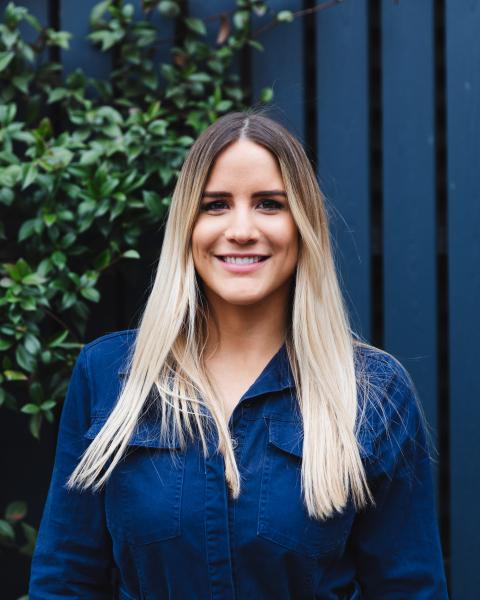
Ellie Tuck, Creative Director, FleishmanHillard
This week the BBC revealed almost all of the UK's 50 biggest employers do not plan to bring staff back to the office full-time. Many said they would embrace a mix of home and office working, with staff encouraged to work from home two to three days a week.
The news made me reflect on the past year at home and the impact it’s had on my creative work. I’d be lying if I said it’s been plain sailing; switching from in-person creative development to digital has been an interesting journey, to say the least.
In the beginning, I worried if my agency’s creative outputs were going to suffer and I personally struggled to find any creative stimulation on my once-a-day permitted exercise break, after 8 hours on video calls. But one year on, there are elements of our new way of working that I never want to lose.
I wondered if my peers felt the same. In an effort to uncover some positive by-products of the pandemic, I canvased opinions on what they felt had changed for the better in our respective creative processes. Here are four key things we agreed on:
The loudest voice isn’t necessarily the most creative
Brainstorms, ideation sessions; whatever you want to call them, there’s no denying that when done in-person, they favour the extroverts. Making digital sessions work effectively required setting homework to be done alone or in pairs, and then building on this during group calls. It created space for everyone to have their ideas heard and often highlighted creative excellence from less obvious places. For too long we had relied on a format which amplified the loudest voices in the room and we all agreed that a more inclusive approach to ideation is something we’ll be keeping for the long term.
Inspiration can come from anywhere
Changing up your environment, routine and conversations to stimulate creative thinking is not a ground-breaking thought. But, with traditional sources of inspiration - travel, museums, live performance - out of the picture, lockdown did present its challenges. Many of the creatives I spoke to said these limitations had actually helped them find some surprisingly simple sources of inspiration, from a midday jog, to a screen-free morning routine. We all knew getting out of our day-to-day working spaces was the single biggest way to improve creative outputs, but the pandemic taught us there are very simple ways to do this. Even the smallest change to your environment can have a big impact.
The creative process must remain inclusive
One of the creatives I spoke to said they found client sessions more collaborative and creative as a result of our new home working set-up. The ease with which we’re now able to bring together groups across time-zones, backgrounds and businesses has led to ‘richer and diverse perspectives and ideas’. Everyone agreed that it’s our collective responsibility to maintain this diversity of thinking and experience within the creative process as we head back to the office, so that we can keep shaping more thoughtful communications.
We need to get better at being bored
And finally, one of the biggest learnings we’d had over this period was that our brains are remarkable problem solvers, but only if we give them chance to think. I must admit the first few months of lockdown were not particularly productive for me. We were all in ‘survival mode’ and more than little zapped by a life lived on Zoom. But time away from our busy social lives paved the way for boredom to set in – and that’s where creativity thrives. It’s tempting to want to fill our diaries up in the same way we did pre-pandemic, but this will be to the detriment of our creative work. We have all vowed to create more opportunities for boredom so we can reap the creative rewards.
